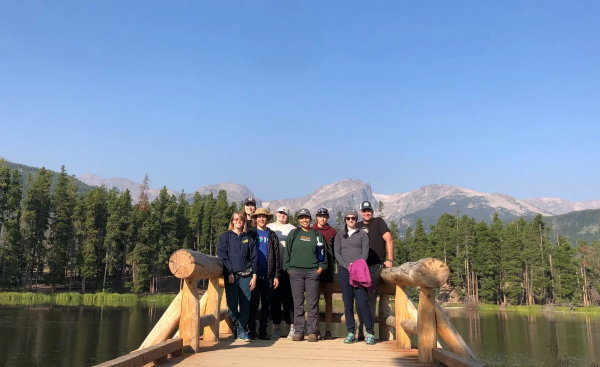
From public lands to public and environmental history:
Changing what you know about the history of a place might change how you perceive it. It may change everything you ever thought about it. It may change how you see your connection with it.
That’s the dynamic that has long been at the center of the Public Lands History Center (PLHC), using historical methodology that helps us better understand ourselves, after having better understood our own history.
“I want people who hear about the center for the first time to see that history is not just a static collection of names, dates, facts, and events,” professor of history, Jared Orsi, says. “But rather something that is living; we're constantly discovering new things, developing new interpretations, and adding new pieces and people to the story. That [history] enriches our understanding of ourselves as Coloradans and as Americans and as global citizens.”
Sixteen years ago, when the PLHC was founded, it wasn’t built with sole emphasis on the history of public lands. Founded by CSU historians Ruth Alexander, Mark Fiege, Janet Ore, Gregory Smoak, and CSU archaeologist Jason LaBelle, the PEHC was originally the Center for Public Lands History and Archaeology.
Its mission in part was to use interdisciplinary research of public lands history (the use of historical research methods to understand the use and development of public land to inform the public), and public archeology to provide knowledge to agencies and the public on the social and cultural past to inform present decisions.
Early projects such as the Ninemile Smokejumper Training Site National Historic Landmark Nomination, and Environmental History of Sand Creek Massacre National Historic Site, showed an emphasis on public lands and environmental history, and in 2010 the center would officially become the Public Lands History Center, to better match the perception of the center’s work with a focus on public history.
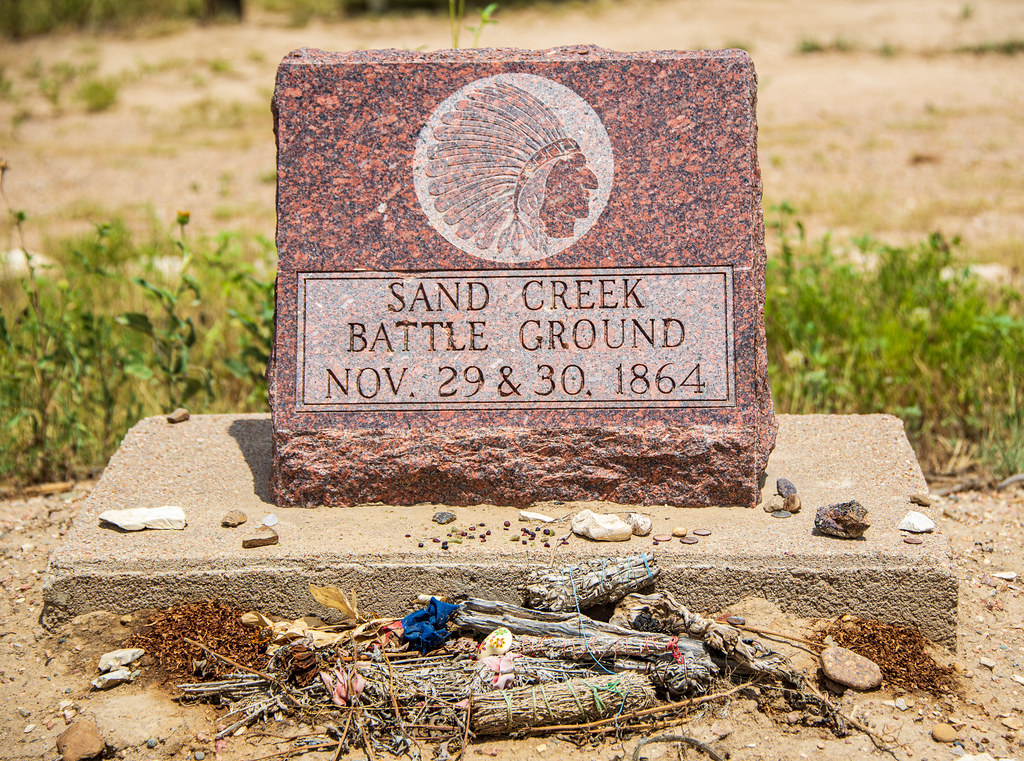
Thirteen years later and no longer a center tied purely to the historical work surrounding public lands, with a change in faculty, the addition of American West historians, and an emphasis on connecting public and environmental history, the members of the Center decided to change the name to the Public and Environmental History Center (PEHC).
“We changed our name from the Public Lands History Center to the Public and Environmental History Center in recognition of the two fields that we work across,” Leisl Carr Childers, associate professor of history, says. “Our faculty work in both public history and environmental history - two fields that work really well together.”
Despite any shifts and changes, the center has held true to its three-pronged mission of excellent and original research, training and professional development for students, and outreach and engagement. Prioritizing that three-pronged mission is at the core of what’s allowed the center to produce exceptional results for center director Jared Orsi.

Mission of the PEHC
The PEHC is committed to doing community history and historic preservation through an alternative model for collaborative research and engagement grounded in place-based history and the environment, shared authority and reciprocity. Recovering histories of difference in partnership with public agencies, local historical societies, and students promotes shared community values, justice and democracy, and public dialogue.
Orsi has worked at the center since 2011, and of the many projects he has directly overseen as a researcher or principal investigator, a point of pride for Orsi is how the center has been able to sustain itself for 16 years.
“We're proud of the fact that this has become a self-sustaining institution,” says Orsi. “The Center has been able to adapt to new circumstances. It's been able to take on new projects and we've grown a lot.
“The number of projects that we're working on in any given year, at any given time is much larger than it was in the founding days. We also have developed, since about 2016, this emphasis on telling the under told stories of the environment and the American West,” Orsi says.
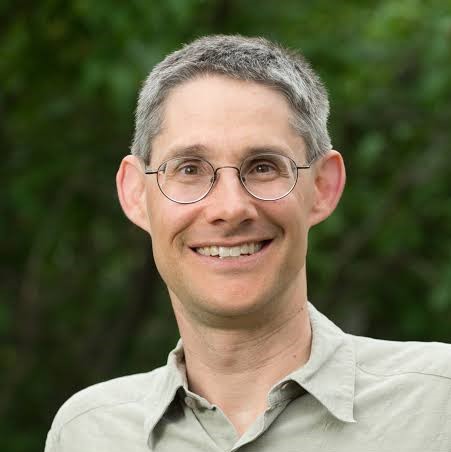
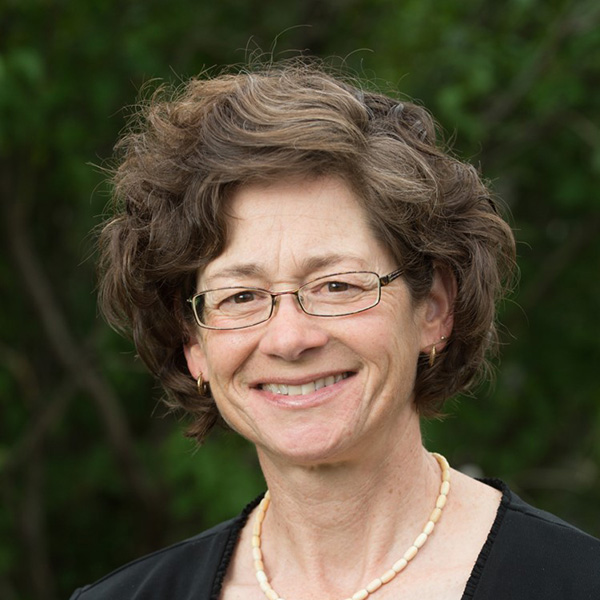
For emerita history professor and PEHC council member, Ruth Alexander, the changes she has experienced firsthand as the only remaining founding member demonstrates how well the center and its faculty can shift to expand their body of work and expertise at the center, something that has helped them reach and expand into new partnerships.
"The point at which I was most heavily invested with the PLHC, we were doing a lot of work with the Park Service especially, and I think that is still ongoing to some degree, but I think there's a particular interest now in doing more work with Colorado Extension and others," says Alexander.
Since the center’s inception, projects have spanned the National Parks Service, Colorado Parks and Wildlife, CSU Extension, and the Idaho Naval Reactors Facility Oral History Project.
More recently, with a change in the specializations of the faculty projects like Carr Childers's “The Art of Ranching” and Alexander’s and Ariel Schnee’s work on the “Ram Stories Oral History Project” make up the efforts of the center.
Though both are connected by an oral history methodology, each project has its own characteristics that distinguish its unique ties to environmental history at the center.
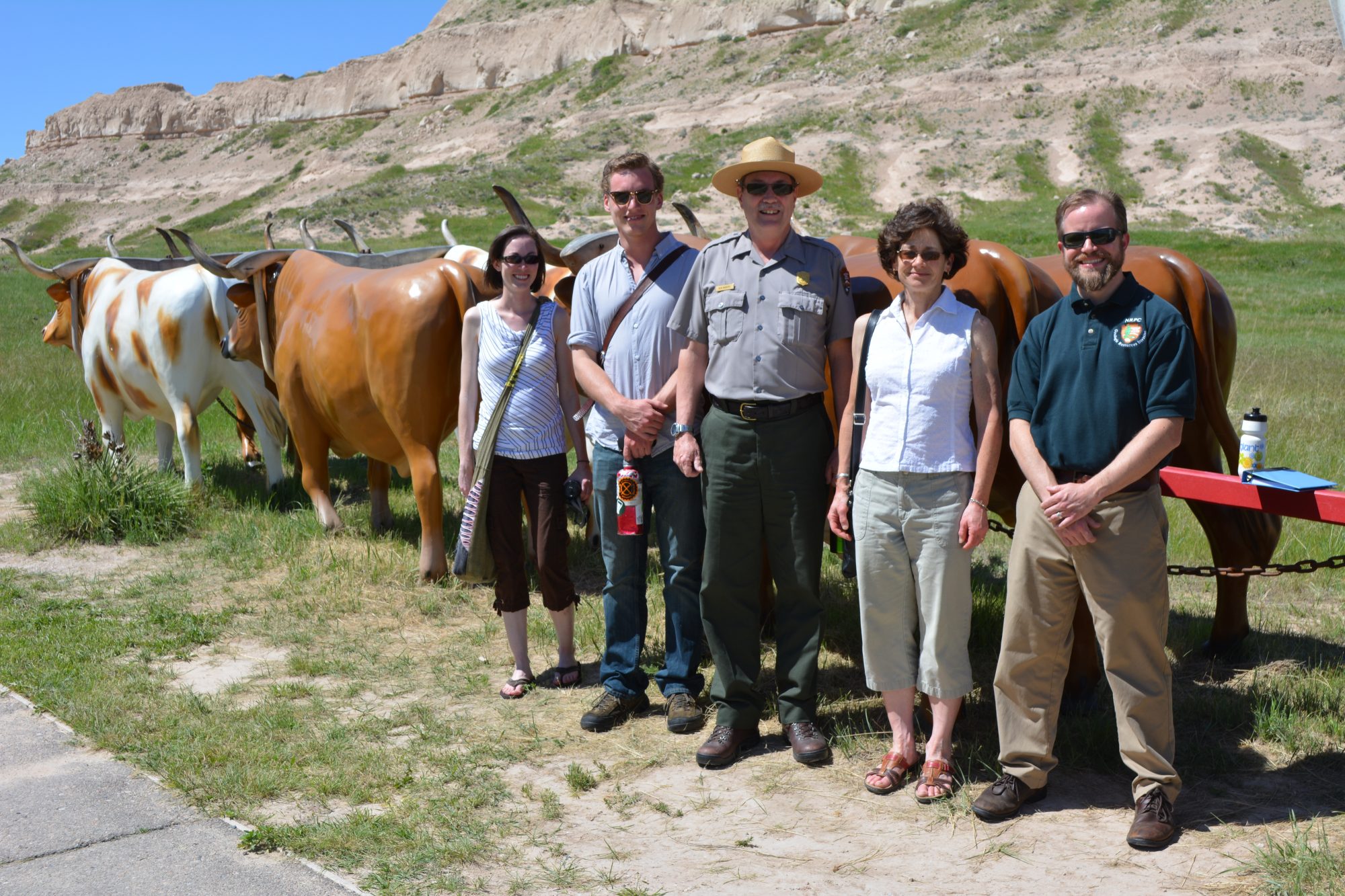
For the “Art of Ranching,” a CSU Extension partnered project, the goal is to work with 4-H youth and historical ranches and farms to document, record, and make public the legacy of Colorado agriculture – showing the land management and the environmental contributions and histories of Colorado’s ranch families.
“Ram Stories” is a partnership with CSU Libraries, recording and collecting the pandemic experiences of students and alumni who attended CSU from the beginning of the COVID-19 pandemic to the present. For “Ram Stories” the historians are interested in the environment created by a pandemic, and the interactions and impact it had on the student body.
Though different in their areas of focus, each project highlights the connection between humans, the environment, and public lands.
“The human relationship with the environment functions in a lot of different ways at a lot of different levels,” says Carr Childers. “We wanted to signal more of that broader interaction and not be so confined by the idea that we just do public lands.”
"The human relationship with the environment functions in a lot of different ways at a lot of different levels. We wanted to signal more of that broader interaction and not be so confined by the idea that we just do public lands."
— Leisl Carr Childers
That’s also how PEHC program manager Ariel Schnee sees the transition of the center’s name change to the Public and Environmental History Center. “We feel that it more accurately captures how our work has broadened,” says Schnee. “I don't think that you can study public lands without at least some sense that humans exist in dynamic relationship to the places and the lands and the resources that they live with.” A former master's student in the Department of History, Schnee is in many ways at the center of the center as the program manager who provides project oversight and quality control, training and mentorship of graduate and undergraduate staff, internship oversight, contract writing and management, programming and event management, and more.
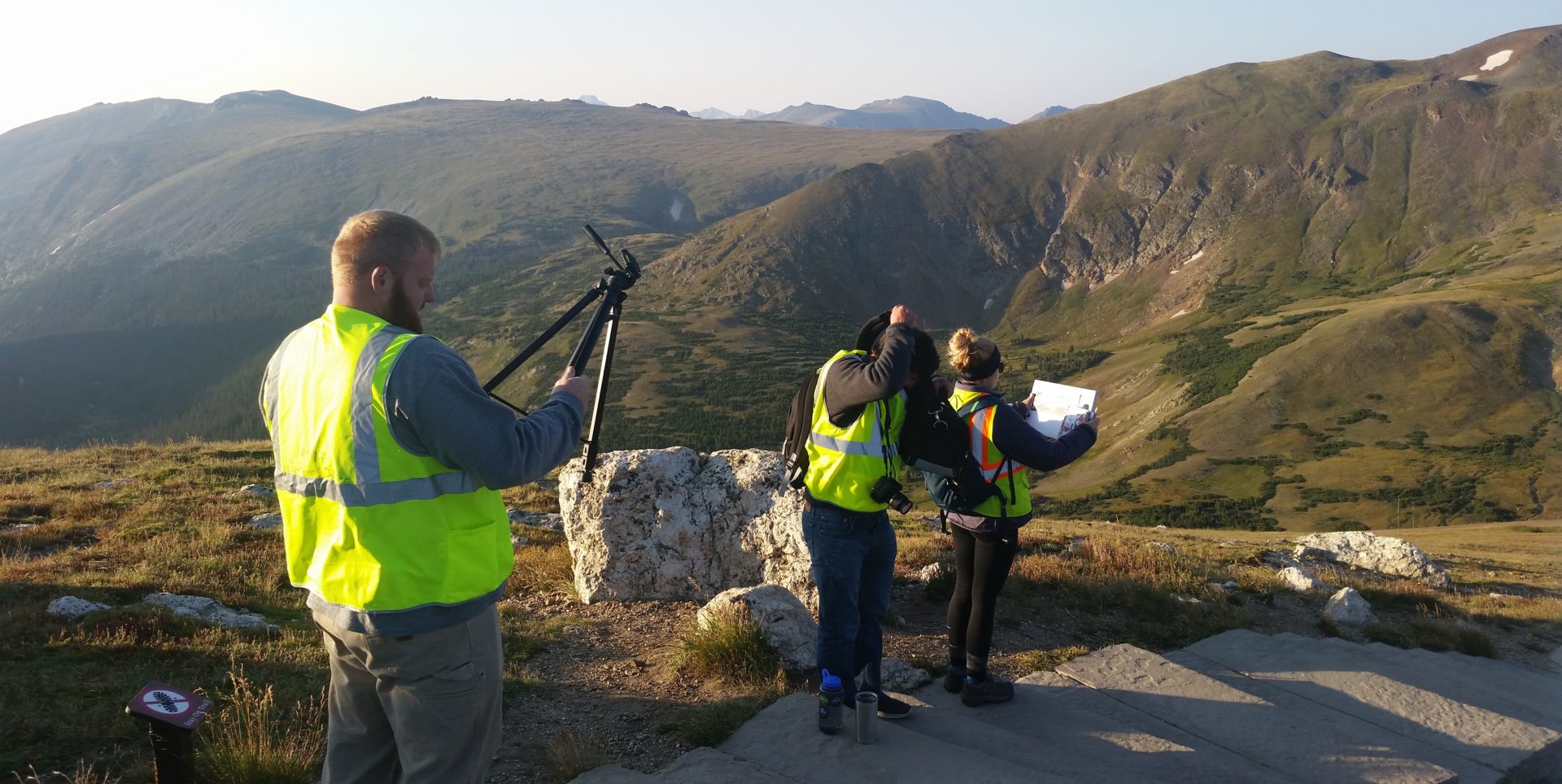
At a land grant institution like CSU, known for work in environmental stewardship and sustainability, the PEHC is better in line with the service required of land grant institutions.
“The position of the Public and Environmental History Center at Colorado State University, a land grant University, is really no accident. We use a service model when it comes to public history,” Carr Childers says, “The role that we fill is helping bridge between communities and their past.”
Ultimately, public and environmental history is an act of service, though its beneficiaries may never see the historians or center behind the work, the work itself is designed to leave a lasting impression.
“Public history often benefits large numbers of people who you may or may not encounter,” says Orsi “We have to think of this as service - as something that we're doing because it benefits a community, even if we don't always see the direct fruits or meet the people of those kind of those communities.”
